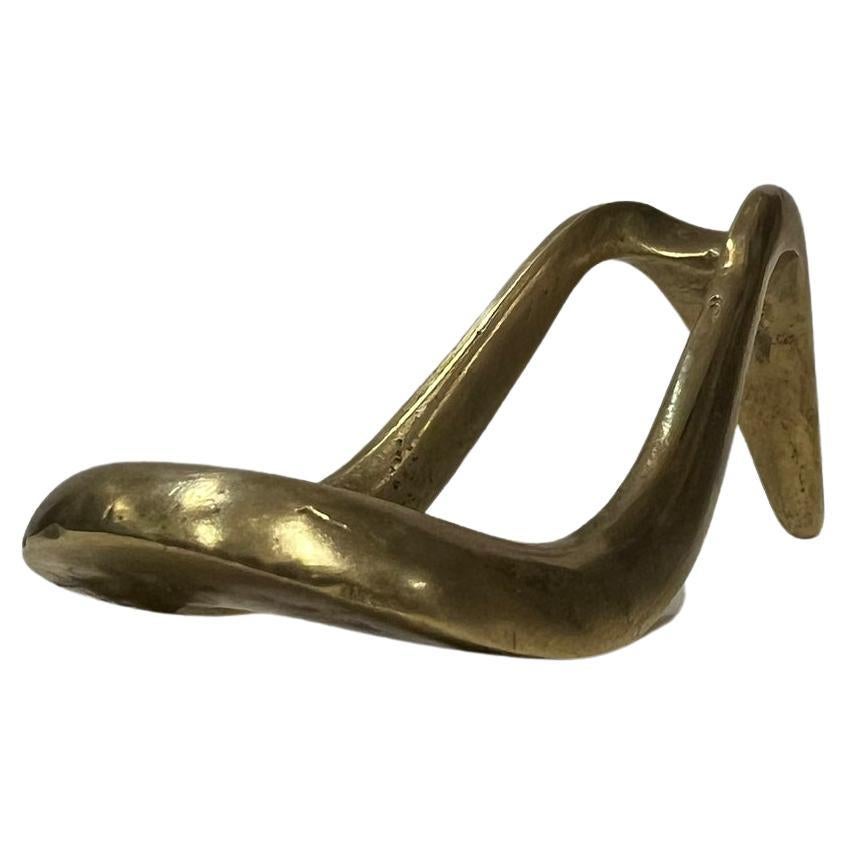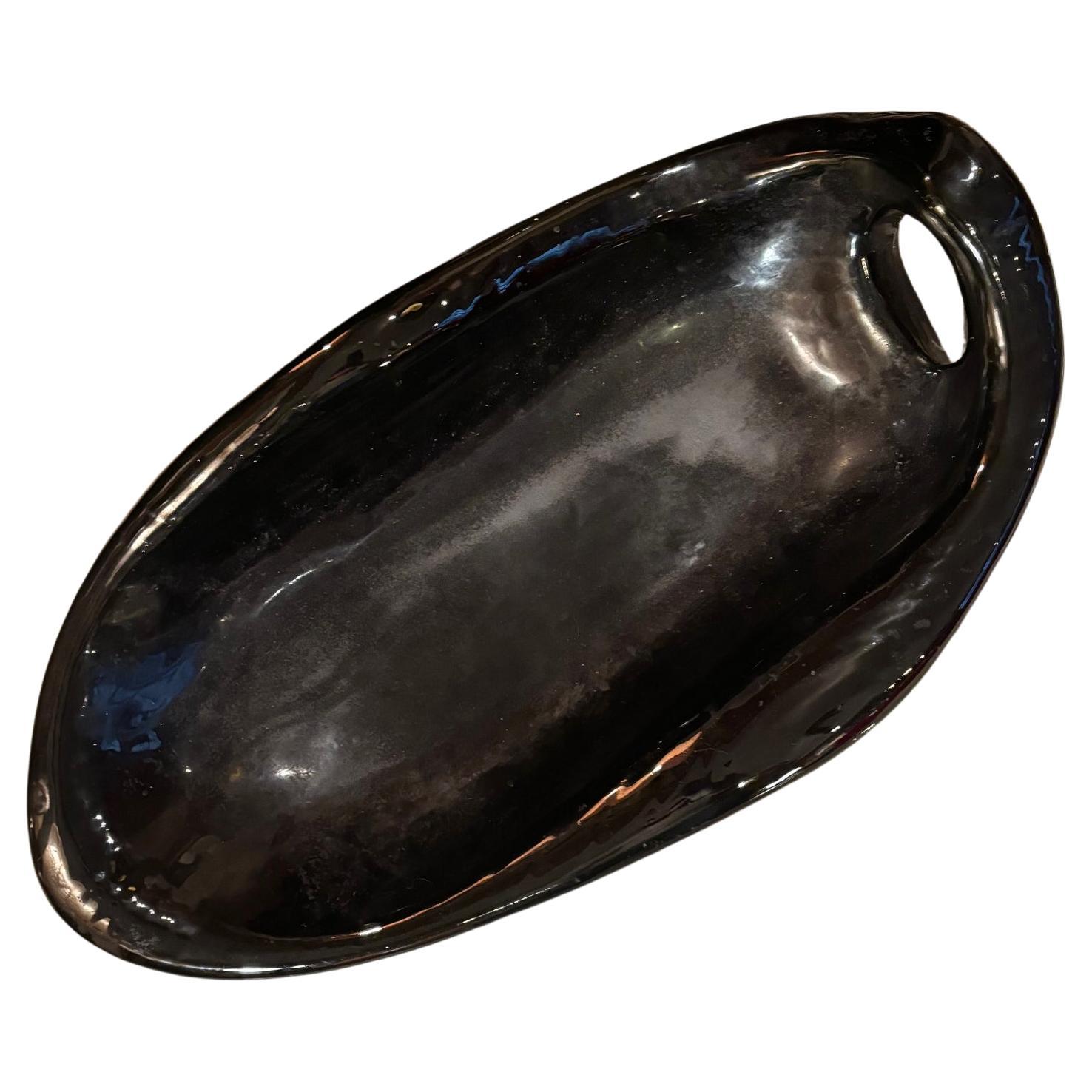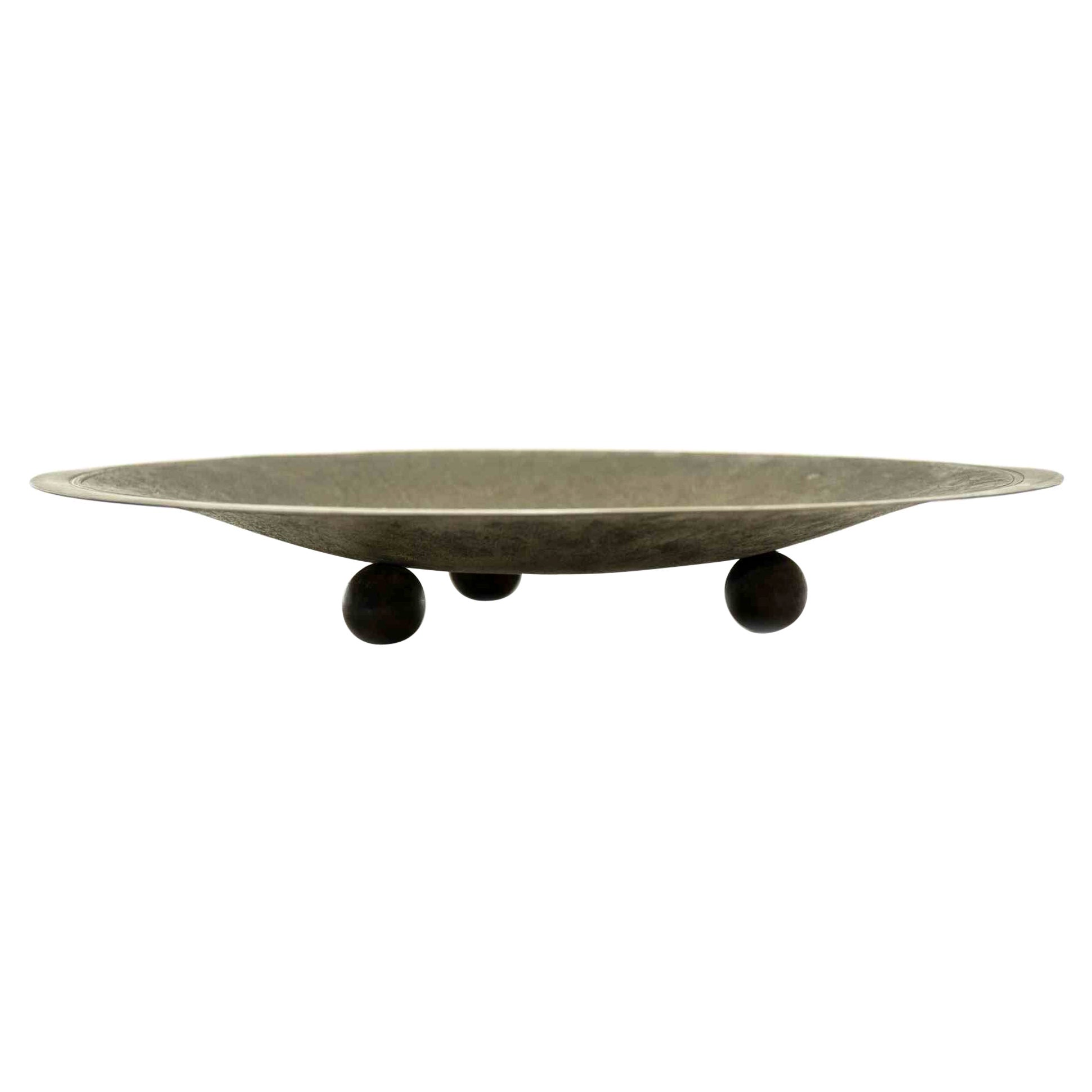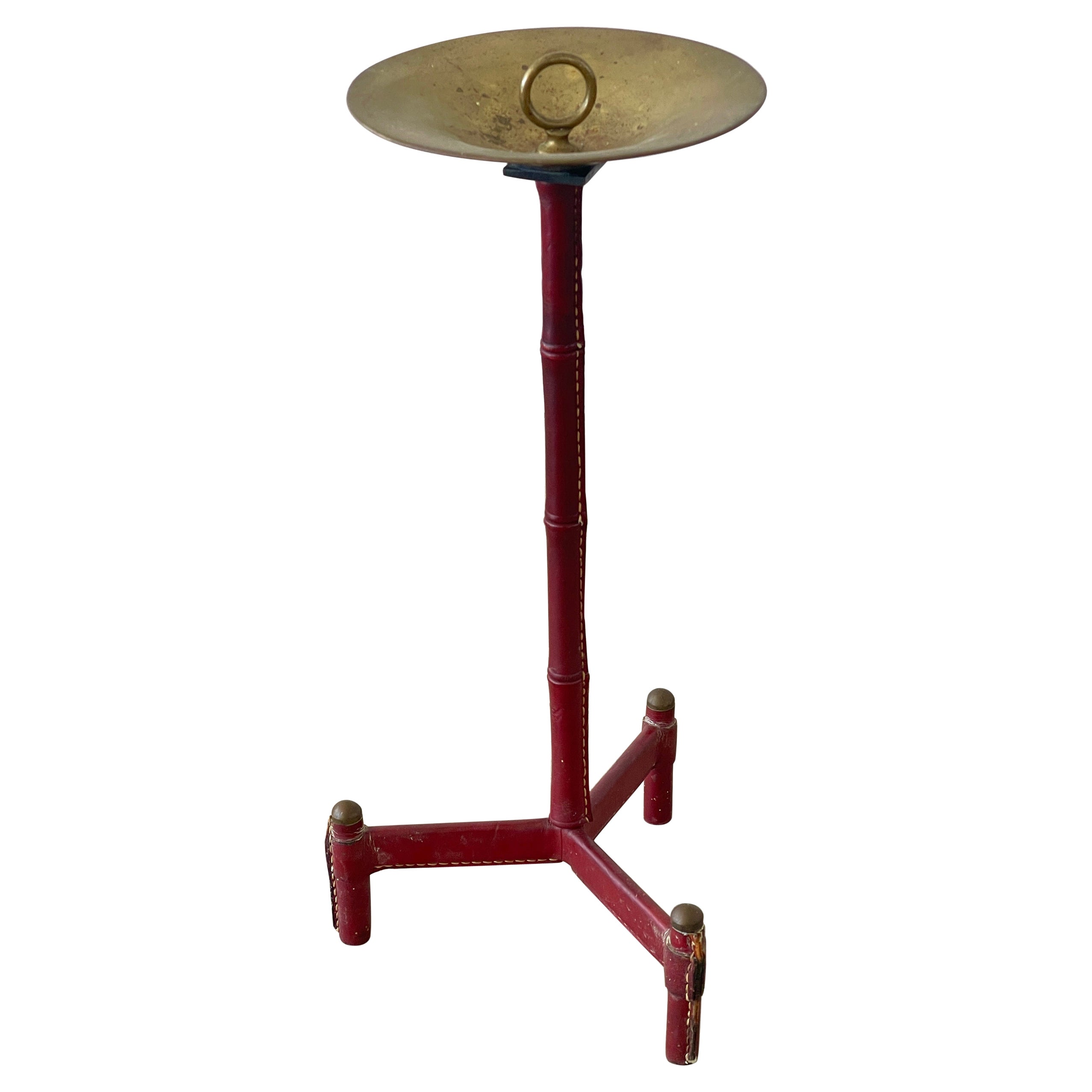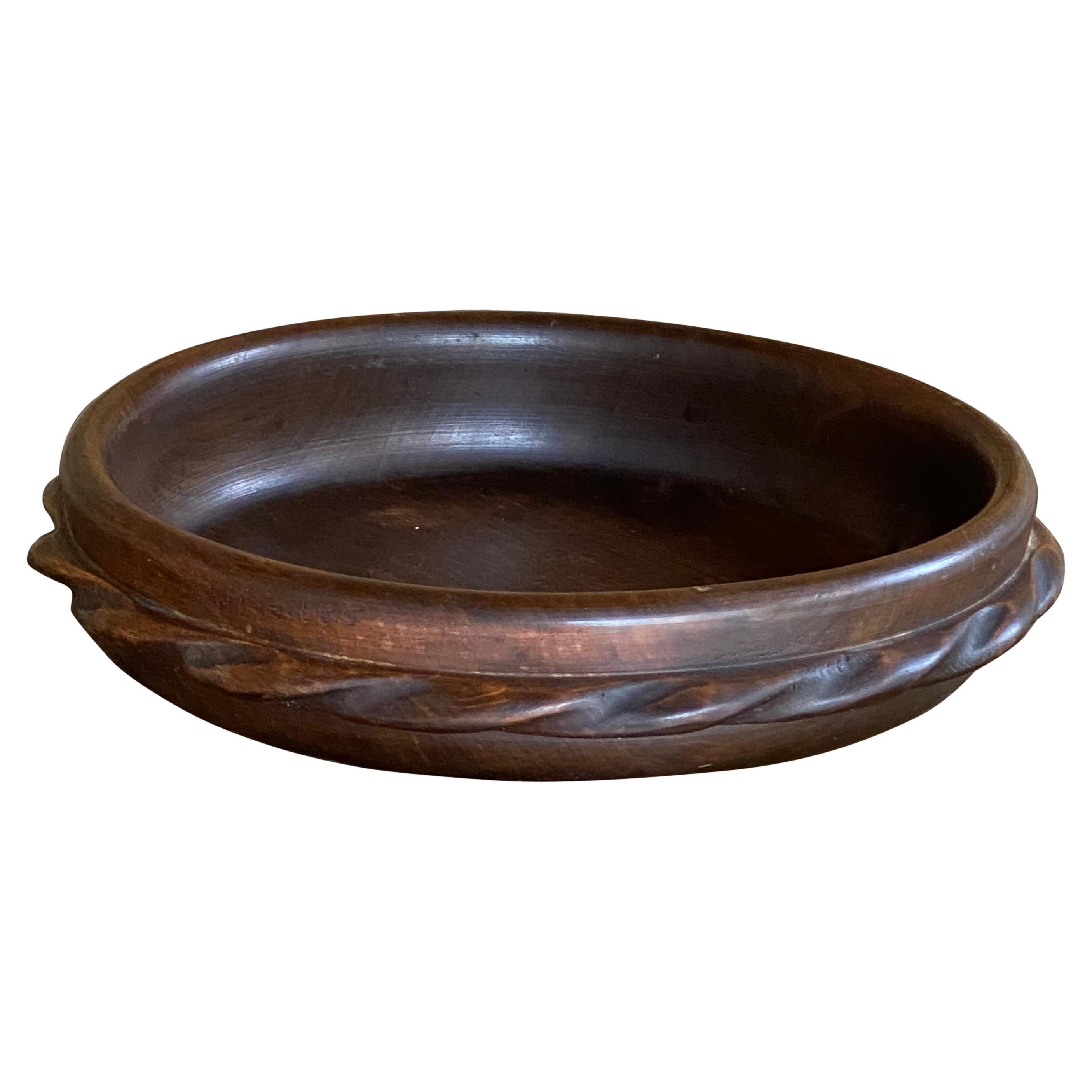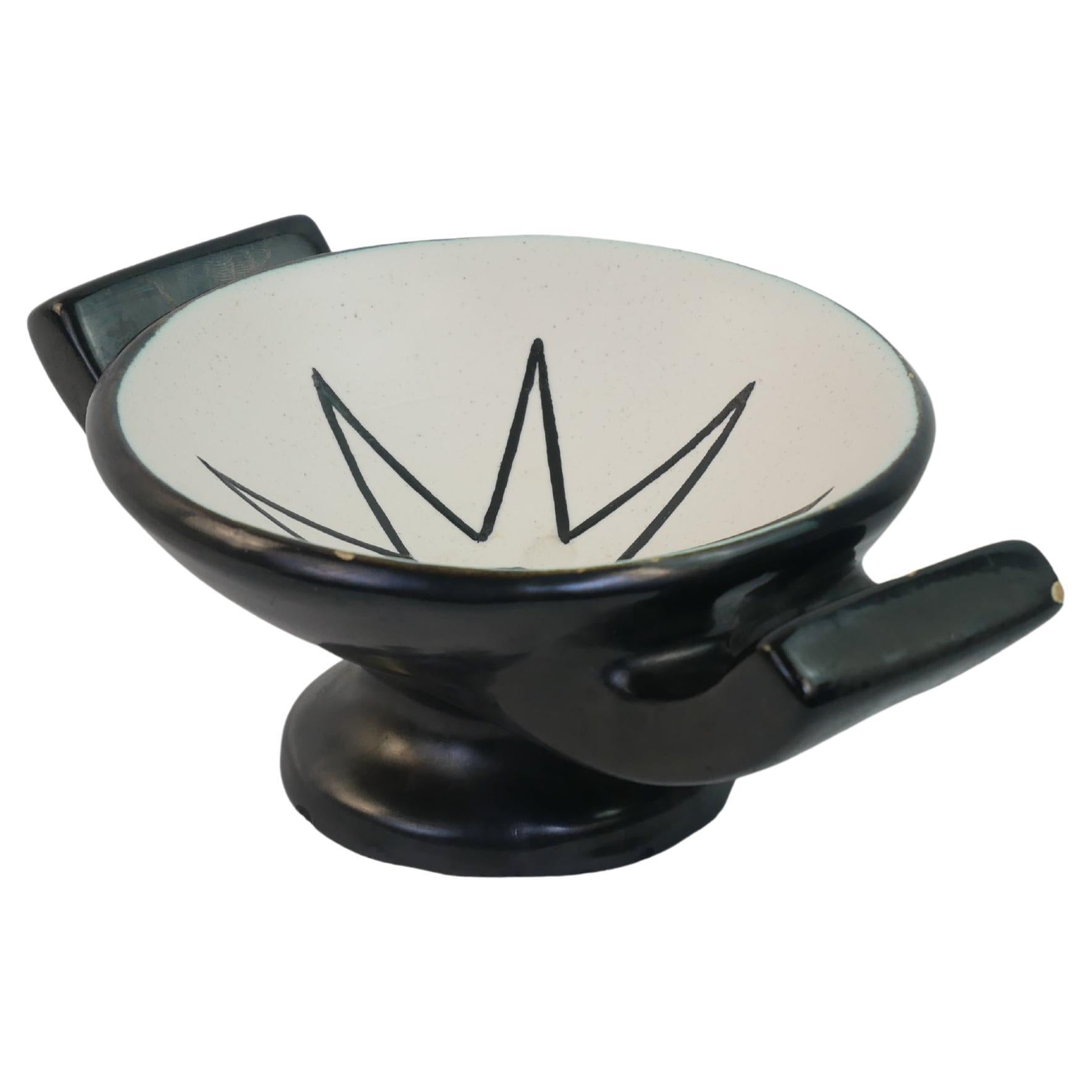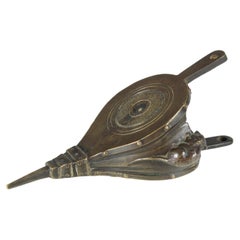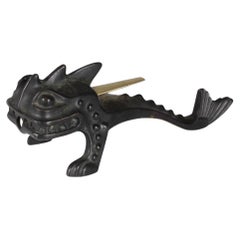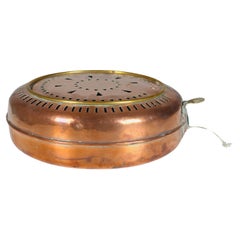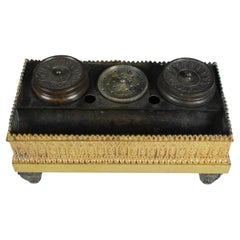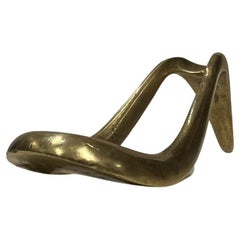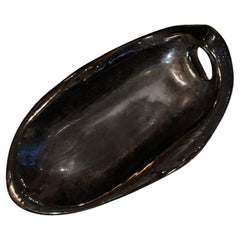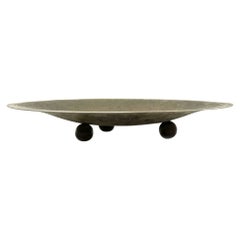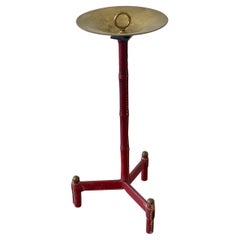Items Similar to Antique Vide Poche, France, 1920s, Snake Bite
Video Loading
Want more images or videos?
Request additional images or videos from the seller
1 of 9
Antique Vide Poche, France, 1920s, Snake Bite
$479.10
£355.04
€400
CA$654.06
A$727.61
CHF 381.42
MX$8,891.24
NOK 4,856.95
SEK 4,572.14
DKK 3,045.56
Shipping
Retrieving quote...The 1stDibs Promise:
Authenticity Guarantee,
Money-Back Guarantee,
24-Hour Cancellation
About the Item
Exceptional vide-poche with a snake as a holder.
Can be wonderfully used for storing small objects on the desk or as a jewelry tray.
- Dimensions:Height: 3.94 in (10 cm)Diameter: 7.88 in (20 cm)
- Materials and Techniques:
- Place of Origin:
- Period:
- Date of Manufacture:Circa 1920
- Condition:Very nice and cleaned condition with normal signs of age and use.
- Seller Location:Greven, DE
- Reference Number:1stDibs: LU5419237668142
About the Seller
4.9
Platinum Seller
Premium sellers with a 4.7+ rating and 24-hour response times
Established in 2014
1stDibs seller since 2020
190 sales on 1stDibs
Typical response time: <1 hour
- ShippingRetrieving quote...Shipping from: Münster, Germany
- Return Policy
Authenticity Guarantee
In the unlikely event there’s an issue with an item’s authenticity, contact us within 1 year for a full refund. DetailsMoney-Back Guarantee
If your item is not as described, is damaged in transit, or does not arrive, contact us within 7 days for a full refund. Details24-Hour Cancellation
You have a 24-hour grace period in which to reconsider your purchase, with no questions asked.Vetted Professional Sellers
Our world-class sellers must adhere to strict standards for service and quality, maintaining the integrity of our listings.Price-Match Guarantee
If you find that a seller listed the same item for a lower price elsewhere, we’ll match it.Trusted Global Delivery
Our best-in-class carrier network provides specialized shipping options worldwide, including custom delivery.More From This Seller
View AllAntique Signed Utensil Holder, Bellow With Mouse, "Mabotte", France, 1880s
Located in Greven, DE
Beautiful antique bronze work, which can be used as a utensil holder or paperweight.
It is possilble to hand the bronze.
Signed at the bottom by the french artist "MABOTTE".
Category
Antique Late 19th Century French Late Victorian Paperweights
Materials
Bronze
Large Antique Lighter, Iron, France, Early 20th Century
Located in Greven, DE
Exceptional lighter from heavy iron, France, early 20th century.
Not functional.
Category
Early 20th Century French Art Deco Antiquities
Materials
Iron
Antique Bassinoire, Warming Pan, Copper, France, 1880s
Located in Greven, DE
Beautiful copper pan from France, a so-called Bassinoire.
The lid can be opened with an external lever.
This antique form of a todays hot-water bottle was primarily used in aristocr...
Category
Antique 19th Century French Antiquities
Materials
Copper
Antique Inkwell, Bronze D´oré, Desk Utensil, Neogotic, circa 1850
Located in Greven, DE
Antique inkwell from gilded brass.
France, 1840-1860.
Category
Antique Mid-19th Century French Inkwells
Materials
Gold, Brass
$305 Sale Price
50% Off
Art Nouveau Brass Ink Extinguishing Cradle, France, Circa 1930
Located in Greven, DE
Beautiful antique Ink Extinguishing Cradle, France, circa 1930.
Nicely chiseled depiction of a woman´s face in a typical Art Nouveau manner.
Category
Early 20th Century French Art Nouveau Desk Sets
Materials
Brass
Antique Jewelry Tray, Art Nouveau, Gilded Bronze
Located in Greven, DE
Beautiful jewelry tray, Art Nouveau.
Category
Early 20th Century Unknown Desk Sets
Materials
Bronze
You May Also Like
Signed Auböck Pipe Holder, 1950 Vienna Austria
Located in Vienna, AT
Auböck brass and leather pipe holder, signed, 1950 Vienna Austria.
Category
Vintage 1950s Tobacco Accessories
Materials
Leather
Ceramic vide-poche by Roger Capron, France, 1970's
By Roger Capron
Located in Paris, FR
Vide-poche by Roger Capron, black ceramic, signed
Category
Vintage 1970s French Modern Ceramics
Materials
Ceramic
Brass Decorative Centerpiece, Italy, Mid-20th Century
Located in Roma, IT
Brass decorative centerpiece is an original decorative object realized in the mid-20th century.
Original chiseled brass.
Made in Italy.
The dish is decorated with several g...
Category
Mid-20th Century Italian Centerpieces
Materials
Brass
$318 Sale Price
30% Off
Jacques Adnet Ashtray
By Jacques Adnet
Located in Beverly Hills, CA
Jacques Adnet standing ashtray in red leather with signature contrast stitching - and brass ashtray with great patin attached to top.
Category
Vintage 1940s French Tobacco Accessories
Materials
Leather
$3,800
Vide Poche Minimalist in Wood, France, 1950
Located in Auribeau sur Siagne, FR
This dish is typical from the Minimalist style from the years 1950's. It has been done in France by a.Hoedsts.
Category
Vintage 1950s French Minimalist Platters and Serveware
Materials
Wood
Very rare vide-poche attributed to Robert Picault Vallauris circa 1950
Located in NICE, FR
This ceramic vide-poche, attributed to Robert Picault, features his distinctive Vallauris craftsmanship. The piece is characterized by its black-glazed exterior and white interior, ...
Category
Vintage 1950s Decorative Dishes and Vide-Poche
Materials
Ceramic
More Ways To Browse
Snake Furniture
Snake Art
Vintage Snake Art
Brass Snake
Folk Art Snake
Ktas Antique Phone
Piggin Bucket
Scrimshaw Walking Stick
Ancient Roman Dice
Antique Gingerbread Mould
Antique Klaxon
Bar Kochba
Large Neolithic Flint Axe From Sweden
Wedgewood Oven Vintage
Wedgewood Stove
Round Dining
Used Craft Table
Vintage Chrome Furniture
